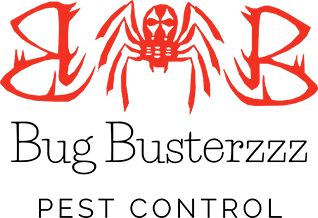Insects and creatures are so worrisome, even those considered to be harmless can give you problems. In the least, pests will aggravate you. At worst, they might damage the structure of your home or business in the Augusta, ME area. Personal items could be targeted too. Also, you might get sick from the germs critters harbor. Plain and simple, remediation is a necessity.
Western conifer seed bugs aren’t discussed as often as other creepy crawlers. Therefore, people are generally unsure if they are nefarious or not. They can definitely bring their fair share of trouble. Learn about their risks, how they operate, and what Bug Busterzzz Pest Control can do to help you get rid of them.
How Do Western Conifer Seed Bugs Look And Behave? What Are the Dangers?
Western conifer seed bugs have physical and behavioral traits in common with stink bugs, but the two are not related or identical. In adulthood, these winged pests are about 0.75 of an inch long. On top, they are brown in color. Their abdomens are orange or yellow and have black marks. Nymphs are initially orange, but will eventually turn reddish-brown. Western conifer seed bugs are also called “leaf-footed bugs” because of a flat segment on their hind legs.
Living up to their name, Western conifer seed bugs fixate on coniferous trees. For example, red and white pine, hemlock, and spruce grades. Females lay their eggs in needles. Once the young emerge, they will feed on developing seeds, cone scale tissue, and needles. They have piercing mouthparts that assist them in this process to retrieve pulp and substances. You might encounter these Maine pests if the following plant species are in your yard:
- Austrian pine
- Douglas fir
- Mugo pine
- Pine bark
- Scotch pine
Since Western conifer seed bugs are rampant on lawns, they may look to your space for shelter. This is especially true when the temperatures are colder, and they need an overwintering spot. Cracks and crevices in utilities, foundations, doors, and windows are their main passageways. These critters don’t sting or bite, but they’re able to emit a defensive odor from their glands when handled or approached. It’s released when their bodies are crushed as well. Your nose will certainly be offended by the strong scent. Another annoying thing about them is that they’re quite noisy; their natural buzzing is likened to that of bees. The biggest issue with western conifer seed bugs is that they invade in sizable numbers.
How Can You Prevent Western Conifer Seed Bugs?
While Western conifer seed bugs aren’t a threat to humans or domestic animals, you don’t want them near your domicile or establishment. They can affect the growth and aesthetic of greenery, and the structural quality of your dwelling. Perform these tasks:
- Close up holes in doors, windows, foundations, and utilities. Caulk may be useful.
- Add weather stripping to all exterior doors.
- Attach screens to outside, crawlspace, and attic vents.
- Verify that pre-existing screens are intact and washed regularly.
- Make sure greenery is distanced from the property and overhanging trees are cut back.
- Examine conifer trees and other plants Western conifer seed bugs attack on a routine basis.
- Vacuum bugs you find indoors.
What Can Bug Busterzzz Pest Control Do About Western Conifer Seed Bugs?
You’ll be wasting time and money if you invest in retail insecticides for Western conifer seed bugs. Most products aren’t made to address infestations. At best, pests here and there will die. Furthermore, a lot of goods can be hazardous. We at Bug Busterzzz Pest Control have safe solutions. Our experienced technicians will use industrial-grade treatments that are specially designed for home pest control and commercial pest control. Call us today!

